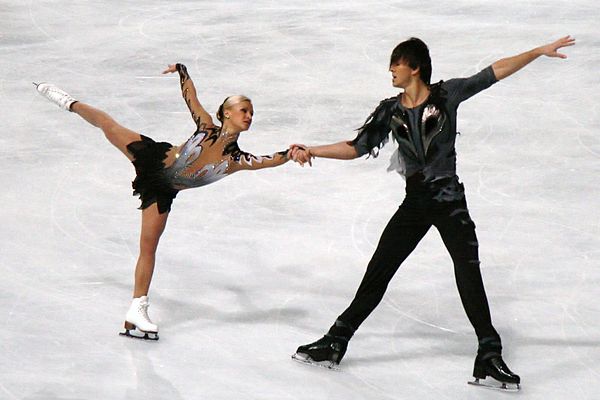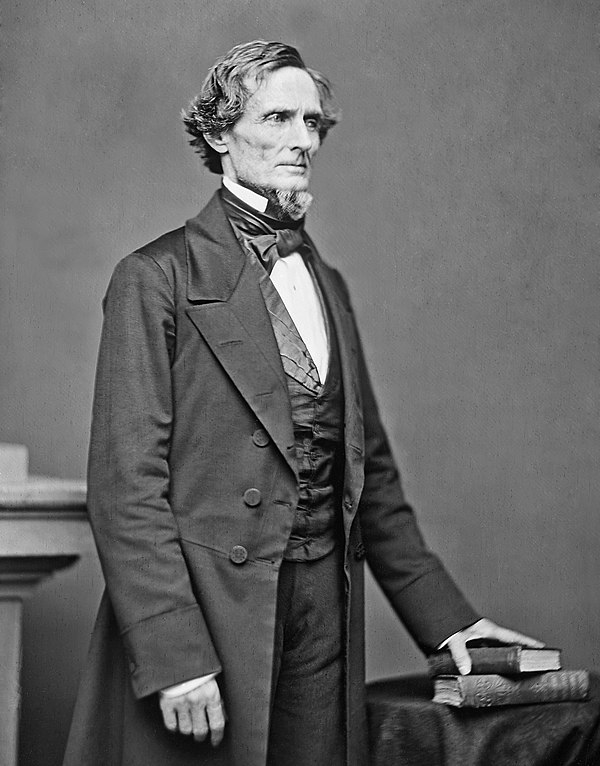20251213
From today's featured article
Scott Zolak (born December 13, 1967) is an American broadcaster and former professional football player. He played quarterback in the National Football League (NFL) for nine seasons, primarily with the New England Patriots. Over the course of his career, he played in 55 games, with 7 starts, for the Patriots and Miami Dolphins, completed 124 of 248 passes for 1,314 yards, threw eight touchdowns and seven interceptions, and finished his career with a passer rating of 64.8. A graduate of the University of Maryland, Zolak was selected 84th in the 1991 NFL draft by the New England Patriots. He did not play in 1991, but started four games in 1992 and had his most productive season statistically. When Drew Bledsoe was drafted in 1993, Zolak became his backup for the next six seasons. He was released at the end of the 1998 season, and signed with the New York Jets and Miami Dolphins in 1999. After his retirement, he became a sportscaster and football analyst in the New England area. (Full article...)
Did you know ...
- ... that traditional stone houses on the island of Pantelleria (examples pictured) passively maintain an internal temperature up to 8 °C (14 °F) cooler than the ambient air temperature in summer?
- ... that Kenssy Dwi Ekaningsih used her skills in traditional Javanese dance at diplomatic receptions during an assignment in Rome?
- ... that Yonki-no-kai Productions was founded by Akira Kurosawa, Masaki Kobayashi, Kon Ichikawa and Keisuke Kinoshita with the aim of reviving the struggling Japanese film industry?
- ... that, after Uruapan mayor Carlos Manzo was assassinated, his wife Grecia Quiroz was chosen to complete his term in office?
- ... that A. A. Gill saw "poseurs, pimps, phoney counts, lounge lizards, poodle fakers, ageing gigolos and remittance men" at San Lorenzo?
- ... that Catalan artist Josefa Tolrà created paintings and embroideries while in a trance?
- ... that 10 Things I Want to Do Before I Turn 40 was originally conceived as a science-fiction story about an older male succubus?
- ... that the majority of candidates in the 2024 Delaware elections ran unopposed?
- ... that YouTuber Laura Kampf got millions of views on a video in which she built a project that did not work?
In the news
- In Australia, a ban on the use of certain social-media platforms by under-16s comes into effect.
- In motorsport, Lando Norris (pictured) wins the Formula One World Drivers' Championship.
- In a military offensive, the Southern Transitional Council seizes most of southern Yemen from the government.
- In Benin, a coup attempt by members of the armed forces is thwarted.
- Architect and designer Frank Gehry dies at the age of 96.
On this day
December 13: Nanjing Massacre Memorial Day in China (1937)
- 1294 – Saint Celestine V resigned the papacy after only five months to return to his previous life as an ascetic hermit.
- 1577 – Francis Drake set sail from Plymouth, England, on his round-the-world voyage.
- 1862 – American Civil War: Union forces under Ambrose Burnside suffered severe casualties against entrenched Confederate defenders at the Battle of Fredericksburg in Virginia.
- 1957 – A 6.5 magnitude earthquake struck the Iranian Hamadan province, killing at least 1,130 people.
- 1960 – With Haile Selassie (pictured), Emperor of Ethiopia, out of the country, four conspirators staged a coup attempt to install Crown Prince Asfaw Wossen on the throne.
- Paul Speratus (b. 1484)
- Dick Van Dyke (b. 1925)
- Dora Marsden (d. 1960)
- Addie Viola Smith (d. 1975)
Today's featured picture
Glassblowing is a technique which inflates molten glass into a bubble (or parison), with the aid of a blowpipe. A person who blows glass is called a glassblower, while the head of a glassblowing workshop is known as a gaffer. The process was invented by Syrian craftsmen from Hama and Aleppo between 27 BC and 14 AD, who discovered the previously unknown property of glass that a molten blob can be inflated by introducing a small amount of air into it. It was then adopted across the Roman Empire and has been in use since then. Glassblowing utilises the liquid structure of glass, the atoms being held together by strong chemical bonds in a disordered and random network, which means that molten glass is viscous enough to be blown and gradually hardens as it loses heat. This photograph shows a man working on a glass project after removing it from a kiln at Brooklyn Glass in New York City, United States.
Photograph credit: Rhododendrites




























